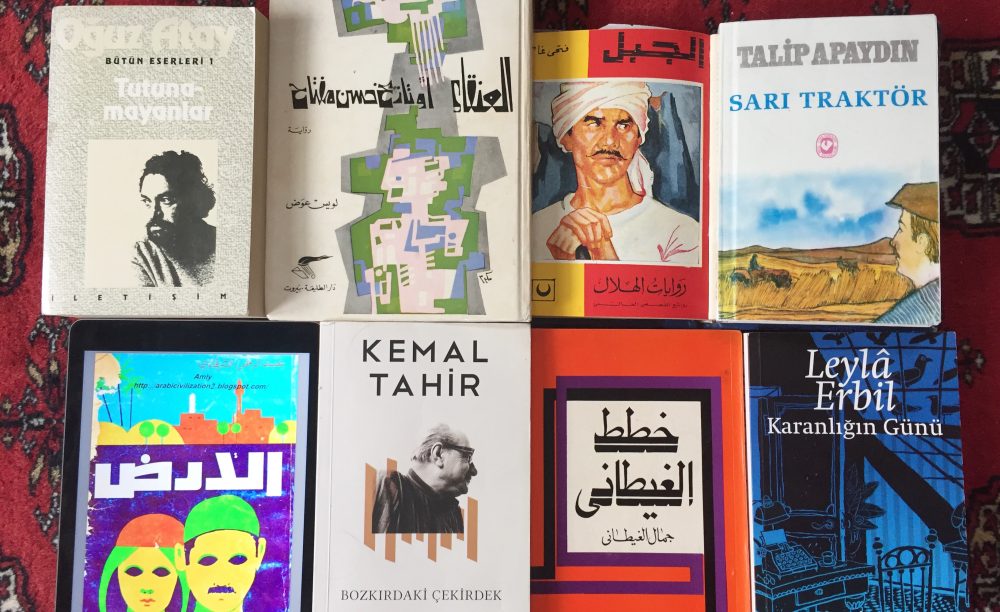- Cuceoglu, D., & Slobin, D. (1980). Effects of Turkish language reform on person perception. Journal of Cross-Cultural Psychology, 11(3), 297–326. – they investigated the attitudes of the audience towards the speakers with varying frequencies of different codes. They found that learners were able to identify the speakers as leftist and rightist, evaluating their speech, and thus favor or dismiss them depending on their own political orientation.
- Turkey has seen different groups of leaders with different political orientations over the past 85 years.
- The Historical and Linguistic Analysis of Turkish Politicians’ Speech – article using scientific analysis to understand lexical breakdown between languages.
-
After 1 December 1928, all newspapers, magazines, advertisements,film subtitles, and other signs had to be in the new letters. By 1 January 1929, all Turkish books had to be published in the new alphabet, and all government offices, banks, and other social and political associations and institutions were required to use the new letters in all their transactions. The law set June 1930 as the absolute deadline for all public and private transactions, including all printed matter such as laws and circulars, to be in the new letters.
-
increased literacy in the new alphabet, which was based on the Istanbul dialect, would work toward the elimination of regional dialects and the creation and standardization of a shared colloquial Turkish.
-
The army as an institution directly contributed to the dissemination of the new alpha-bet among the male population by offering literacy classes for conscripts during theirmandatory military service.
-
In some instances, older citizens who were literate in Ottoman never learned thenew letters, resulting in their functional or partial illiteracy for the rest of their lives.
- Ottoman persisted into the 1940s.
-
On the literacy front, even though institutions such as the army, the press, and the schools cooperated with state officials, the state’s ability to reach all areas and all groups remained limited, and a majority of the population remained outside the impact of alphabet reform throughout the RPP period.
-
individual reactions to reforms, and in particular the alphabet transition, had much to do with cultural and habitual change at a very personal level and did not necessarily fit the categories of ideologically oriented resistance or opposition.
- Cuceoglu, D., & Slobin, D. – political tone of language use changed in the 1960s, right-left spectrum, did a science experiment to match metalinguistic awareness to political persuasion.
Cüceloğlu, Doan, and Dan I. Slobin. “Effects of Turkish Language Reform on Person Perception.” Journal of Cross-Cultural Psychology, vol. 11, no. 3, 1980, pp. 297-326.
Uzum, Baburhan, and Melike Uzum. “The Historical and Linguistic Analysis of Turkish Politicians’ Speech.” International Journal of Politics, Culture, and Society, vol. 23, no. 4, 2010, pp. 213-224.
Yılmaz, Hale. “learning to Read (again): The Social Experiences of Turkey’s 1928 Alphabet Reform.” International Journal of Middle East Studies, vol. 43, no. 4, 2011, pp. 677-697.

